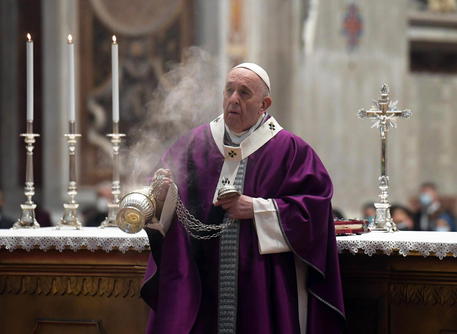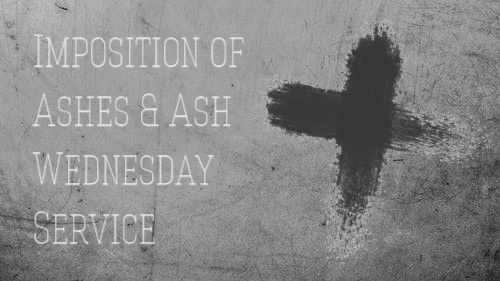
To the great surprise of many, the Protestant use of ashes for Ash Wednesday services is a modern phenomenon. It is also easy to assume that this has always been the Anglican practice.īut the actual history tells another story.

To observe Ash Wednesday simply is to impose ashes upon the congregation, we assume. Because of this relatively rapid consensus, it is easy to assume that the ritual and the day stand or fall together. This custom is nearly (though not entirely) universal among Anglicans, is very widely practiced among Lutherans, and is becoming more and more common among Presbyterians and other evangelical bodies. While some still abide by a strict version of the fast on Fridays during Lent, many instead choose to give up indulgences like alcohol and social media.Ash Wednesday is upon us and most people who conduct services on the day also practice the ritual imposition of ashes as a part of the liturgy. ( 10 things to know about Mardi Gras, a last hurrah before Lent.) This tradition was relaxed by Roman Catholics around World War II. Originally, Christians observing Lent were allowed only one meal a day and were forbidden from eating meat or fish during the entire period. Fasting and Lenten resolutionsĪsh Wednesday sets the tone for Lent, which is considered a time for self-improvement. It’s believed that residents welcomed him by waving palm fronds.

The ash itself is made from the burned palm leaves used during the previous year’s Palm Sunday services, which commemorate Jesus's arrival to Jerusalem a week before he was crucified and resurrected. It is applied by a priest during a morning mass, often along with a small blessing: "Remember that you are dust and to dust you shall return." Many choose to keep it on all day. The ash cross marking observers’ foreheads is meant to represent mortality and penance for their sins.

Today, Christians use the holiday both to repent and reflect. This period is considered by Christians to be God's test of Jesus's spirituality and ability to withstand temptation.

The holiday's length is an homage to Jesus Christ’s 40-day fast as he traveled through the wilderness after being baptized and before he began his ministry. The origins of Lent trace to 325 CE, when it was more commonly used as a preparation phase for baptisms.


 0 kommentar(er)
0 kommentar(er)
